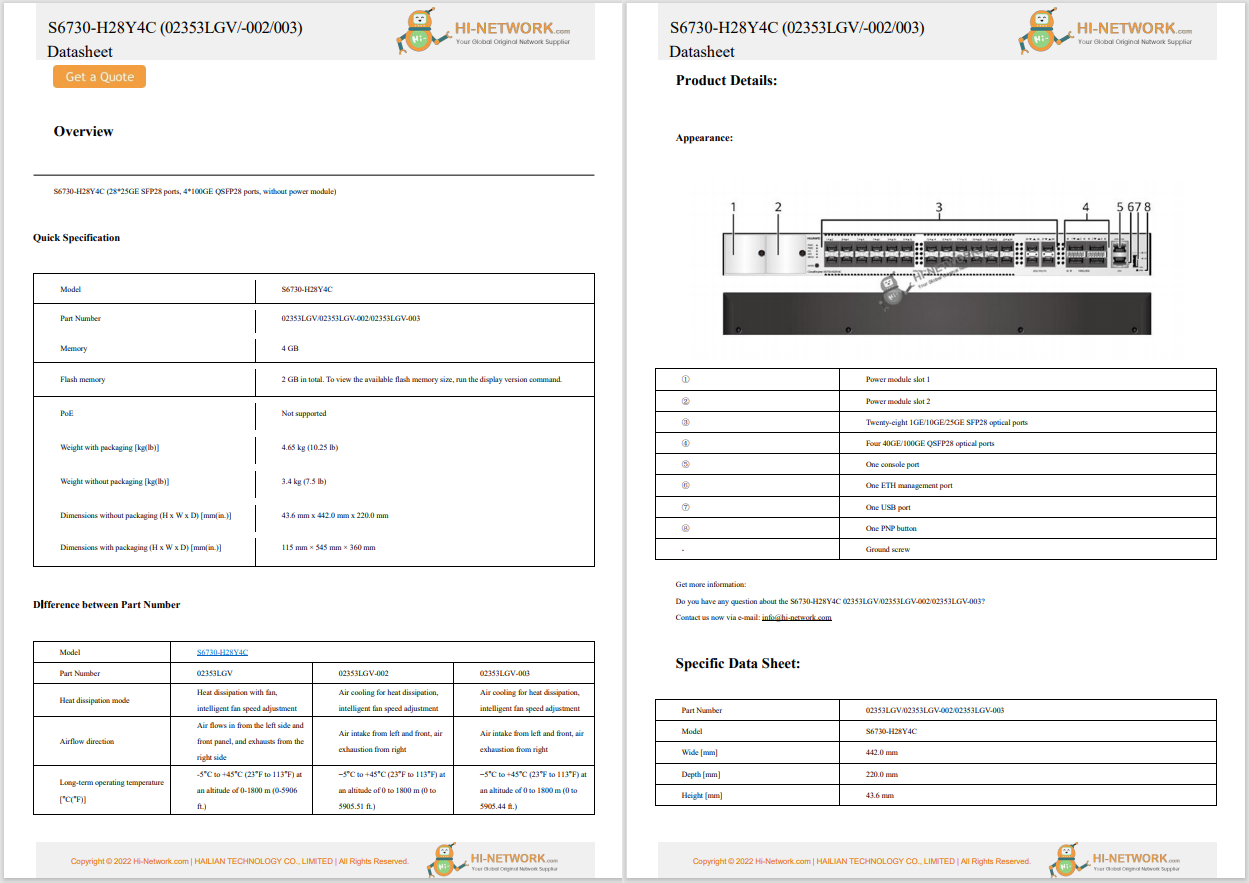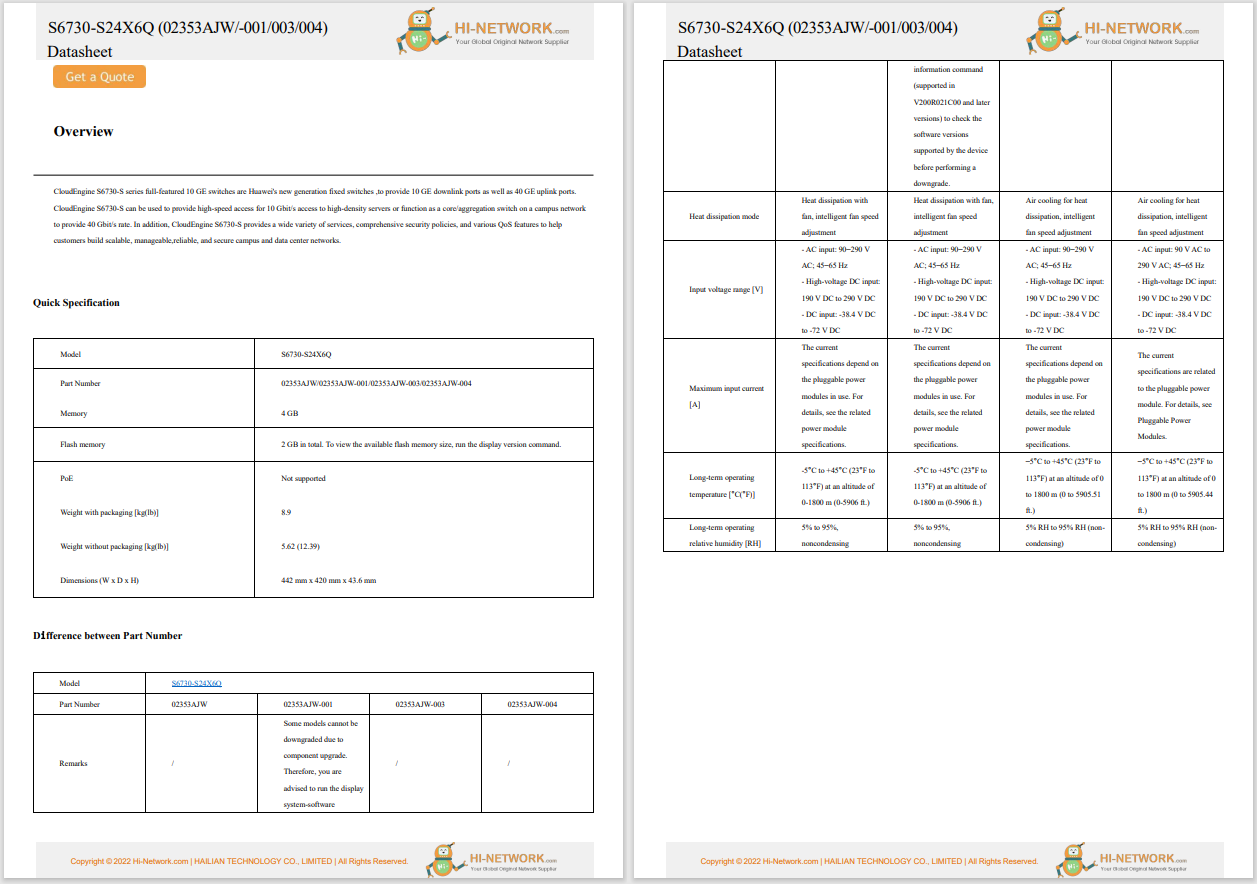
































Becoming a successful manager is far from straightforward. Leading people requires a series of crucial characteristics, and research suggests one of the most important is positivity.
A Harvard Business Review survey found that team members felt more highly respected when leaders expressed positivity during the early stages of a project.
Also: 5 ways to make assertive decisions in uncertain times, according to business leaders
So how can leaders develop the right tone and be seen by their staff as positive leaders? Five business leaders give their top tips.
Richard Masters, VP of data and AI at Virgin Atlantic, said the best way to be a positive leader is to highlight your team's achievements.
"It's about letting people, whether or not you've reached the full business outcome, showcase what they've done and highlighting how there is always something we're learning from the failures as well as the successes," he said.
"I think that approach helps bring everyone along and think, 'Okay, I'm curious. I'm going to iterate more on this.'"
Also: 5 secrets to achieving your goals, according to business leaders
Masters told that people working in data science and machine learning, for example, must experiment and be unafraid to fail. Great leaders show how their team's efforts create broader business benefits.
"You've got to get them to analyze the results and bring out failures in a positive light. That approach is about showing people that we are always learning something," he said.
"It's also about saying, 'I'm showing people what you have done in my data science team as an analyst. I'll discuss that work with the C-suite team. I'm going to show them how your efforts have helped us develop an understanding.'"
Manish Jethwa, CTO at Ordnance Survey (OS), the UK's national mapping service, said positive leaders are seen as credible, and an ability to converse effectively is crucial to achieving this status.
"I've put a lot of emphasis on the way that I communicate with my team, and making sure that, regardless of the technicality of the problem, I try to elevate it depending on the audience, and ensure that it's something that can be understood, whether I'm communicating internally within the organization or externally," he said.
Jethwa told that his collaborative approach means people appreciate the work his team undertakes: "I think it helps to be able to keep a broad perspective on all the activities that are happening across the team, but also being able to communicate that out and feel like you've got some ownership and visibility of how that's working."
Also: 5 ways to manage your team more effectively in the AI-enabled enterprise
To hone the people management process, Jethwa said OS dedicates resources to leadership learning and development, including a recent program of work.
"That's about 50-plus senior leaders across the organization who are thinking about, 'What does it mean to be a great leader?' So, thinking about, 'How do you build the right connections across the business? How can you be truthful in an organization?'" he said.
"Because OS is a super-nice place, but that friendly personality within an organization means people can shy away from saying the difficult things. So, how do you do that? Because otherwise, you can't challenge effectively and highlight where issues are cropping up. So, building those connections and being truthful is crucial."
Antony Hausdoerfer, group CIO at auto breakdown specialist The AA, said effective managers make other professionals feel like their opinions matter.
"You've got to make people feel involved in the decisions that are being taken; that they are vested in that process, and they share in the outcomes," he said.
Also: 4 ways your organization can adapt and thrive in the age of AI
In addition to participating in the decision-making process, Hausdoerfer told that great leaders make people see that they can share in the benefits of positive results.
"So, that means saying, 'Look at what we've managed to do for customer satisfaction. Look at what we've been able to do for company performance. Look at what we've been able to do in terms of the reputation of our organization and our team,' he said.
"Positive leadership is about letting your people get involved in the process, but also to share in the successes of that approach and giving them feedback."
Bev White, CEO at technology and talent solutions provider Nash Squared, said good leaders inspire, empower, support, and listen to their teams.
"They set a clear vision, articulate goals, and help people give the best of themselves to achieve these aims," she said.
"Good leaders recognize good performance, reward it where appropriate, and give constructive feedback where things could be done better."
Also: Tech prophet Mary Meeker just dropped a massive report on AI trends -- here's your TL;DR
In terms of looking upwards for a leader's interaction with the board or executive team, White told that it's important for managers to think strategically and be confident.
"Some people think the route to success is through always keeping on the right side of senior stakeholders, with appropriate levels of compliment-paying and flattery. While keeping good relationships and having chemistry is important, I believe it's much more impressive to be yourself with your views and insights," she said.
"Don't be a sycophant. Be prepared to challenge, back up your views with evidence and data, and focus on delivery. For discerning leaders, this is a much more powerful approach than simply toeing the line."
Rom Kosla, CIO at Hewlett Packard Enterprise (HPE), said great leaders don't take themselves too seriously.
He told that laughing is important, as are strategies that help people feel comfortable -- and he gave an example.
"I wear colors to my meetings, depending on the mood I want to share," he said.
"We have these IT operations reviews every week. If I wear red, it's my red energy, so that means direct, hard questions. We don't want people to squirm, but we're like, 'We're going to ask hard questions. We're red. And don't be afraid to say you don't know the answer.'"
Also: 4 ways business leaders are using AI to solve problems and create real value
In other meetings, Kosla wears green for sustainability or yellow for sunshine. It's a strategy that's caught on.
"My team started getting the idea, and they've started wearing different colors depending on the mood they're in. The goal here is not to take ourselves too seriously," he said.
"Yes, we're doing a job for the business, but we're also humans and we've got to work together as best as we can. Even when discussing IT operations, we still have a positive mood. We constantly celebrate each other's successes. And I think that's a positive thing, where people feel safe in a meeting."
Get the morning's top stories in your inbox each day with ourTech Today newsletter.
 Hot Tags :
Business
Hot Tags :
Business